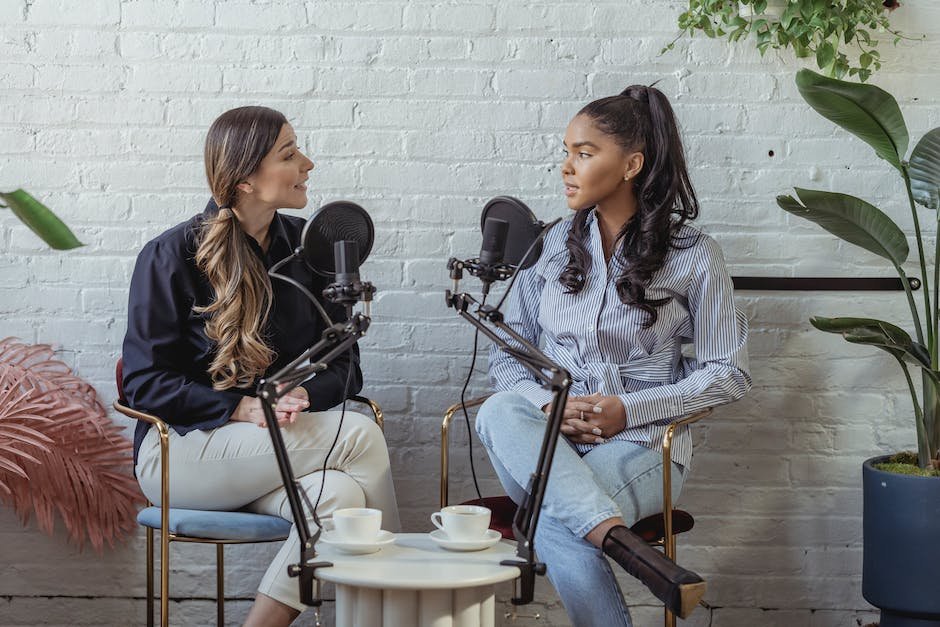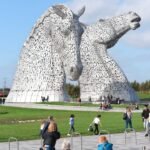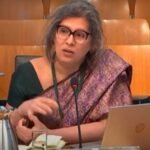When we are talking about converting liquid measurements, there is an important thing to note. You cannot simply divide one measurement by another- that would be very inaccurate!
We must first find a standard measure for each ingredient before we can properly calculate how many cups of something you have per pint or ounce. The most common standards are called teaspoons (tsp), tablespoons (tbsp), and ounces (oz). We will use milk as our example.
A cup of regular milk contains 250 ml of fluid. Make sure your milk is either 2% or whole depending on if it has added vitamins. To make sure they do not add sugar, buy raw milk from a source with no packaging.
For recipes, using the right amount of milk can make a big difference in the finished product. For instance, baking a pancake may require only half a cup of milk, but if you do not put enough milk in, the dough will be too dry.
If you like more detail, there are several websites and books where you can find these numbers clearly defined.
Buy the right glass bottles or containers

The type of bottle you use for measuring your milk will make a difference in how much milk you have! Most grocery stores offer both gallon-size and cup size milk glasses, but it is important to know which one is better.
Aerobic bacteria loves an empty space so making sure there’s some liquid surrounding any particles is essential to starting the fermentation process. That means cups are not the best choice since they don’t provide that gap needed to facilitate growth.
Also, look out for plastic lids — while they can be washed and reused, if you find ones with gaskets or valves, those are healthier as well. A few drops of fresh milk in each one is also helpful in preventing bacterial buildup.
If you’re buying whole milk then buying 2% milk is just as good because they take about the same amount of time to ferment. Make sure to check the expiration date on the container though, as that may determine whether or not you need to refrigerate it immediately after buying it.
Buy liquid measuring cups

The best way to convert one pint into cups is by using our foolproof method that does not require any special equipment! Simply measure your milk in a cup, and then pour it into a pitcher or other vessel with no volume markers like water or broth.
Now, simply pour the amount of milk in the pitcher you have chosen directly into a glass full of water. This will result in the exact same number of cups as before!
This article has gone through several revisions over the past few months due to different methods being suggested, so give this one a try if needed.
Measure your liquid
The easiest way to do this is by using our standard cup measurement! A standard cup contains 250 ml of water, which is what we use for comparison when converting liquids into cups. To convert one pint to cups, simply divide the number pints by two and then multiply that amount by 250!
For example, if you wanted to know how many cups of milk there are in one liter of milk, you would take one liter of milk and divide it by 2, or half of a pint, and then multiply that amount by 250 to get the total number of cups of milk in the container!
This method can also be applied to other liquids such as juice, water, ketchup, and so forth. Just remember that some liquids may contain more fluid than just water!
Google Certified Coupon Professional (GCPC) – Become certified in over 200 ways to save money online with Google. This includes free eCommerce stores, coupons and discount codes for Amazon, Walmart, Target and More!. They even have educational videos to help you learn more about Online Shopping. GCPC certification is from ShopSleuth.com, an official partner of Google. Find out more here.
ShopSleutgh affiliate link.
Pour into the cups

The next step in this process is to pour your milk of choice into the cup measure or container you selected before. Make sure to slowly add it as you do not want any overflow!
Once all the liquid has been added, count how many tablespoons there are and divide that by how many cups you have. You will get an amount of pours for each cup!
For example, if you have two cups of milk then there should be two puffs of the powder in each cup.
Store properly

Many recipes call for one cup of milk, one cup of cream, or one cup of liquid sugar such as glucose syrup. This article will help you know how to do this!
Most recipe books contain tips and tricks for making sure your baked goods are soft and fluffy. These tips include using butter or non-fat milk, mixing with an appropriate amount of dry ingredients, and baking in a preheated oven.
But what about when there is no suggested ratio of milk to other liquids? Or when the drink called for in the recipe does not exist? You must determine what type of fluid these components can be mixed into and then calculate the percentage of each ingredient in relation to that liquid.
This article will teach you how to convert from cups to percent by calculating the amount of each component in relation to one cup of liquid.
Keep it cool

There are several ways to convert milk into liquid form, with most recipes asking you to do so in either cups or tablespoons. However, some recipes ask you to measure your milk in pints! That is definitely not the easiest way to have your needed drink of liquid.
Luckily, we have some tips for you here! This article will tell you how to easily convert one pint of milk into an equal amount of liquid. It also tells you how to do this for sweet drinks like cocoa and tea.
Do not freeze

While it is tempting to drop your favorite milk product into the freezer, this is not a good idea! Freezing liquids creates stress in the gel structure of some ingredients. This can cause your drink to taste more like solid pieces of butter or worse, if you use cold liquid as an ingredient, then your recipe may not work!
To make sure your drink does not contain ice, pour the desired amount onto a microwave-safe plate. Microwave for one minute until warm. Then, top off your drink with the appropriate amount of hot liquid. Stir well and enjoy!
Reference: How To Make Your Own Non-Ice Beverages
Topic and bullet point research studies: how to make iced beverages without ice
Underlying topic: ways to add flavor to drinks
Studies: There are many ways to make non-ice beverages. Adding spices, adding solvents (or alcohols) to the beverage, agitating the mixture, and using equipment that allows for heated liquids are just a few methods.
Many people now purchase canned sweeteners such as Stevia or Splenda because they do not want calories from sugar.
Mix properly

Changing your milk flavor or type can have different effects, depending on what you use it with! For example, using cream in your coffee will taste more like fat, while adding water will taste thinner. Adding too much liquid may even make the drink completely fail to set correctly!
To ensure your cup of coffee is always of good quality, know how many cups of each ingredient you should have per one serving. One standard mug (8 ounces) equals a half-cup (250 ml) of brewed coffee. A full cup is equal to two mugs!
Start by measuring your espresso powder in a bowl. Then add enough hot water to fill up a glass bottle that has been labeled for either cream or milk. Pour this mixture into your pot at the same time as the already boiling water to combine and dissolve. Let sit for five minutes and then pour into your mug!
Your final mix should be just about a quarter cup of cream or milk per three shots of espresso. You want to keep an eye on these numbers as you do not want excess drinking or no way to enjoy the product due to lack of foam.


















